Space
Sign up for our newsletter
We summarize the week's scientific breakthroughs every Thursday.
-
 Space
SpaceA new map reveals radio waves from tens of thousands of galaxies
Radio waves from about 17,000 galaxies show that the peak of star formation, about 10 billion years ago, might have been more productive than predicted.
-
 Space
SpaceHow 2019’s space missions explored distant worlds
Planets and asteroids and Arrokoth, oh my. Space probes had a busy year.
-
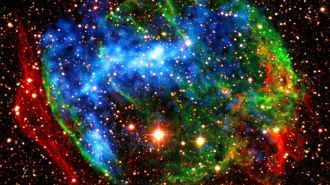 Space
Space50 years ago, scientists didn’t know where heavy elements came from
Five decades ago, scientists suspected ordinary supernovas created heavy elements. Now we know they don’t, but merging neutron stars do.
By Sofie Bates -
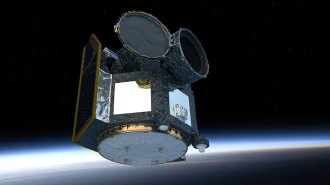 Space
SpaceA new mission to investigate exoplanets has rocketed into space
The European Space Agency’s CHEOPS satellite has launched on a mission to gather intel on previously discovered planets outside of the solar system.
-
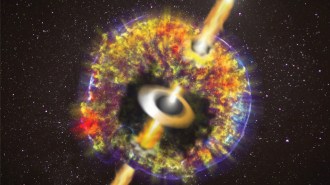 Science & Society
Science & SocietyThese science claims from 2019 could be big deals — if true
Some of this year’s most tantalizing scientific finds aren’t yet ready for a “best of” list.
-
 Space
Space2019 brought us the first image of a black hole. A movie may be next
The Event Horizon Telescope team is gearing up for more black hole discoveries.
-
 Space
SpaceChina stuck its moon landing this year. Others weren’t as lucky
Fifty years after Apollo 11 landed on the moon, Earth’s sidekick is getting renewed attention from space agencies around the world.
-
 Space
SpaceNASA’s OSIRIS-REx must avoid ‘Mount Doom’ to return a sample of the asteroid Bennu
The OSIRIS-REx spacecraft finally has a target spot for sample collection, called Nightingale, on the asteroid Bennu.
-
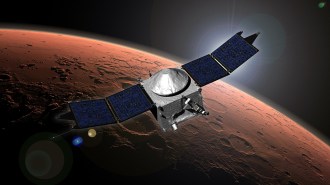 Space
SpaceNASA’s MAVEN probe shows how wind circulates in Mars’ upper atmosphere
By using the MAVEN spacecraft to track winds in the Martian thermosphere, researchers hope to better understand how the atmosphere leaks into space.
-
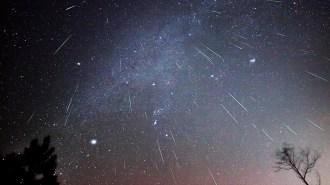 Space
SpaceNASA’s Parker probe has spotted the Geminid meteor showers’ source
For the first time, we’ve spotted the trail of space debris responsible for the Geminid meteor shower.
-
 Space
SpaceElectric charges on dust grains may help explain how planets are born
In an experiment, glass beads clung together like protoplanetary dust particles when shaken and flung more than 100 meters skyward.
-
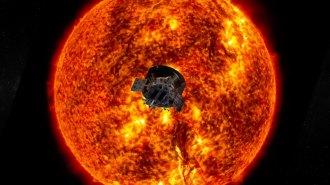 Space
SpaceNASA’s Parker probe reveals the sun’s rogue plasma waves and magnetic islands
Scientists have analyzed the Parker probe’s first data, giving a peek at what’s to come as the craft moves closer to the sun over the next few years.